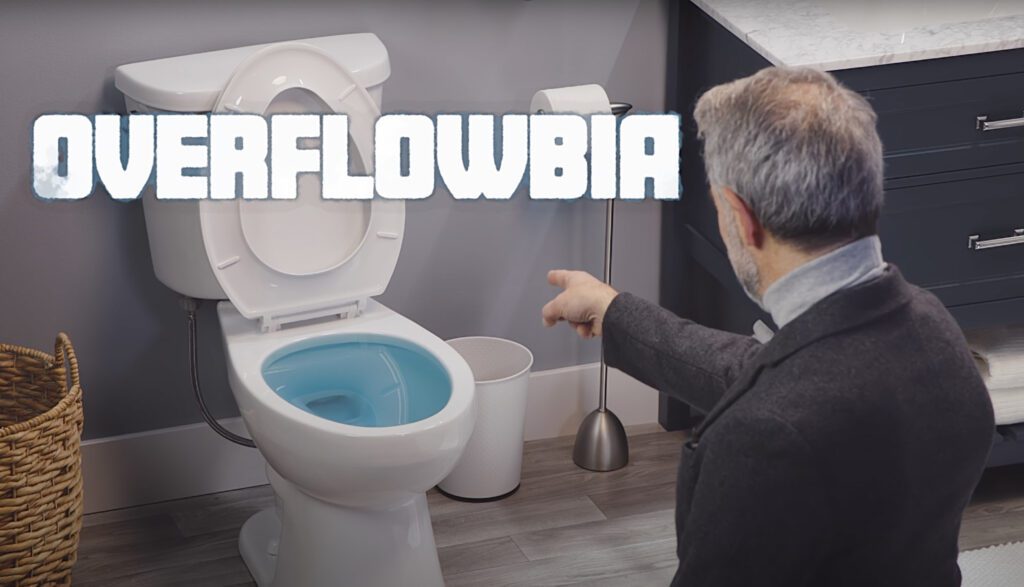5 minute read
Many of our business connections begin virtually, which makes social media engagement increasingly mandatory on a professional level. Since your profile picture is how you make your first impression, it probably deserves more thought than you’ve given it. A professional headshot can be a powerful tool not only for your self presentation, but your brand’s image.
Scrolling through your LinkedIn connections page, you might be surprised by how many people – professionals – use amateur snapshots of themselves. All you need to stand out is a clean, well-lit studio shot. But we can do much better than that. Let’s take a look at how to craft personalized headshots that don’t just show you on a good day, but tell a story of you and your personal brand in a single frame.
#1: Your brand in a split second
If I could tell you only one thing, it would be this: a headshot is not just a picture of your face. That said, the most important thing for you to do is to take a good picture of your face. This means a picture that:
- Includes your face and shoulders.
- Is horizontally oriented.
- Is well lit, and focused.
 Your high school yearbook photographer hopefully did all of this, and left you with a solidly pleasant picture on a plain background. All you need to do to stand out on Linkedin is follow their lead. But again, you can do better than that. Even within the constraints of your yearbook, there was room for a splash of individuality.
Your high school yearbook photographer hopefully did all of this, and left you with a solidly pleasant picture on a plain background. All you need to do to stand out on Linkedin is follow their lead. But again, you can do better than that. Even within the constraints of your yearbook, there was room for a splash of individuality.
Picture any famous painting or iconic movie scene, and consider: every element is a deliberate inclusion. Powerful art conveys meaning through symbolism. There’s no reason your headshot can’t do the same.
The reason it is more than just a picture of your face is because of everything you can do to make it that way. Think about your brand. About where you work and what you do. Who’s your audience? What elements of your identity convey what your brand is all about? How can you express this identity visually? What do you want to say?
#2: A headshot that caters to your industry and audience
Having worked on film sets and studied film acting, I’ve gotten the low-down on some key dos and don’ts from casting directors: people who scan through hundreds of headshots every day like it’s their job. Because it is. While your professional brand headshot may be held to different standards, certain principles carry over: most are only seconds to make an impression. Common faux pas, anything with technical imperfections, mediocre lighting, or a “low-budget” look, wouldn’t be given a second thought. Similarly, in trying to present the best version of yourself, it’s important to avoid presenting a caricature. This means dressing the part, but not looking overly edited or unrealistically glammed-up. The goal is to combine beautiful artistry with an authentic presentation of you.
#3: Establish confidence and trust
 Most people feel uncomfortable in front of a camera. But despite not knowing exactly what pose to strike, where to look, or what, exactly, to do with your hands, the most important thing to do is relax; any uncertainty you’re feeling will come through in the camera. As with so many other things, the key is to go in with massive sense of unearned confidence.
Most people feel uncomfortable in front of a camera. But despite not knowing exactly what pose to strike, where to look, or what, exactly, to do with your hands, the most important thing to do is relax; any uncertainty you’re feeling will come through in the camera. As with so many other things, the key is to go in with massive sense of unearned confidence.
 Just like a headshot is more than a picture of your face, a profile picture is more than just a headshot, and both are most effective when accompanied by a compelling brand identity. To avoid the all-too-common deer-in-the-headlights look, I recommend “The Squinch”, a technique from master headshot photographer Peter Hurley. And if you’re interested to learn more about effective headshots, branding, or anything else advertising, please feel free to reach out to me at the S3 Agency.
Just like a headshot is more than a picture of your face, a profile picture is more than just a headshot, and both are most effective when accompanied by a compelling brand identity. To avoid the all-too-common deer-in-the-headlights look, I recommend “The Squinch”, a technique from master headshot photographer Peter Hurley. And if you’re interested to learn more about effective headshots, branding, or anything else advertising, please feel free to reach out to me at the S3 Agency.
To borrow an old cliché, I’d rather show than tell.




